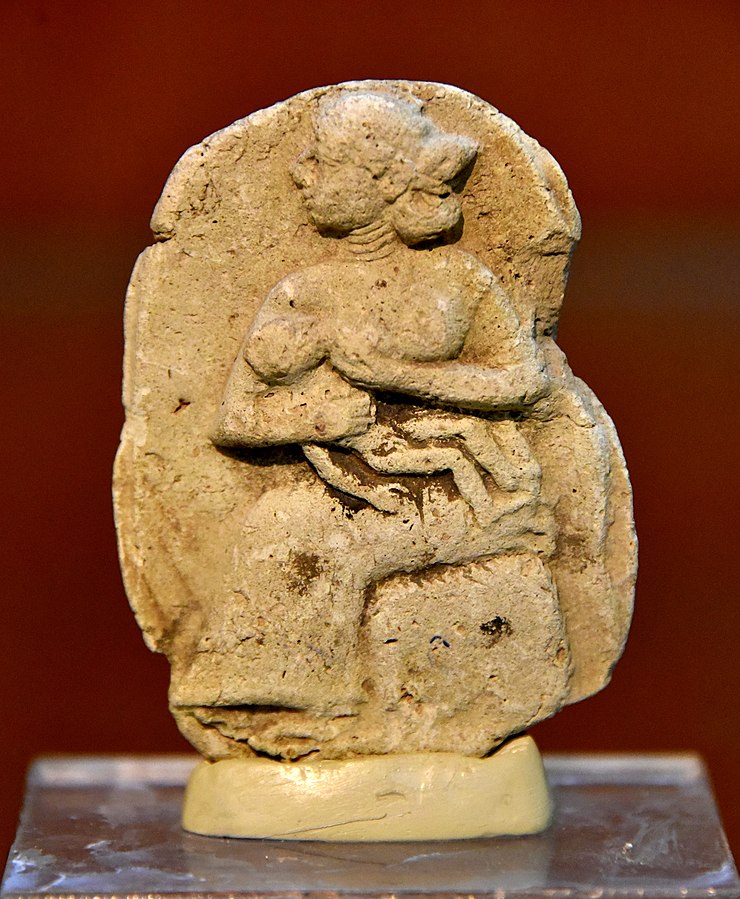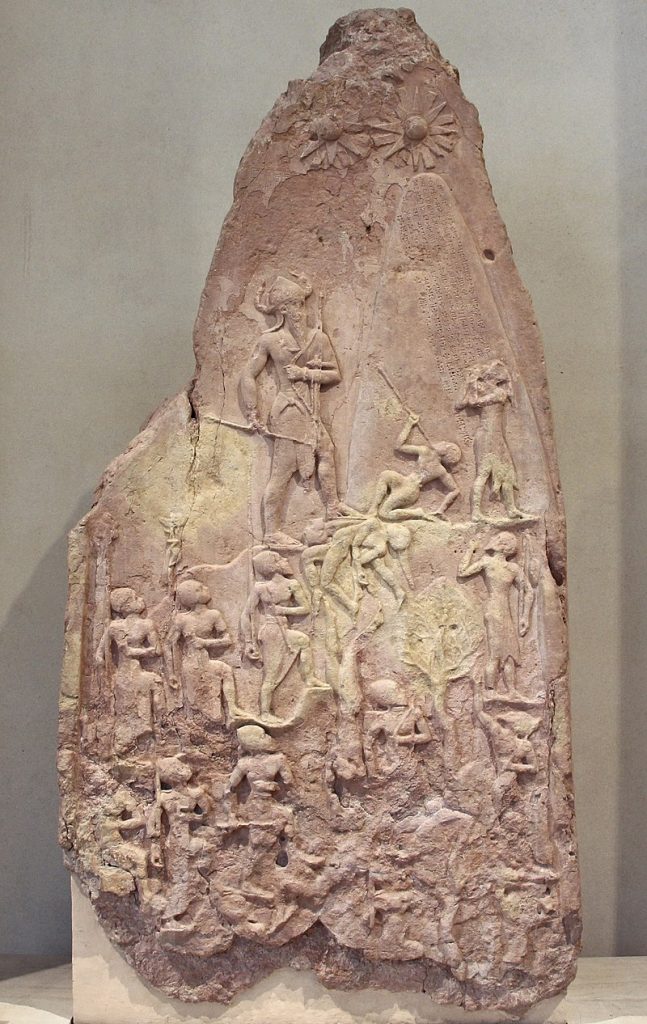The recent volume of Bioarchaeology of the Near East contains three regular papers and eight short fieldwork reports, with a broad range of topics. Nina Maaranen and colleagues from the ERC Hyksos Enigma project present research on dental non-metric traits at Avaris, the Hyksos capital city, compared to other samples from Egypt. Their results indicate that the people of Avaris were of different ancestry than Egyptians, supporting the hypothesis that a large-scale migration from the Levant to the eastern Nile delta occurred during the Second Intermediate Period.
How long did women in the ancient Near East breastfeed?
The length of the period of breastfeeding depends on many factors, both individual and cultural or environmental ones. In human societies that have no access to easily digested food alternatives (this refers to foragers in particular) this period is usually longer, while in farming communities, where infants are fed with porridge or yoghurt, it can be shortened. This implies demographic consequences: a mother who breastfeeds her child for a shorter time can have more children, therefore, the breastfeeding period influences the birth rate.

© Osama Shukir Muhammed Amin FRCP(Glasg)
published under CC BY-SA 4.0, via Wikimedia Commons
Continue reading “How long did women in the ancient Near East breastfeed?”
Bi(bli)oArch: Bibliographic database for human bioarchaeological studies in the Eastern Mediterranean and Middle East
Scholars from the Cyprus Institute, Nicosia, have prepared a bibliographic database for human bioarchaeological studies in the Eastern Mediterranean and Middle East (EMME), chronologically covering skeletal assemblages from prehistory to early modern times.

Rapid change of climate did not cause the fall of the Akkadian Empire
The latest issue of Antiquity published a paper presenting results of biochemical analyses of human bones from a few sites situated in north-eastern Syria, and showing on this basis that in the 22nd century BC, when the Akkadian Empire was declining, there was no change in the local economy which could be a response to a long-term drought, and even if there was a temporary climate change, the local human societies survived it in a good condition.

© F. Romero, France – Paris – Musée du Louvre, published under CC BY 2.0, via Wikimedia Commons
Continue reading “Rapid change of climate did not cause the fall of the Akkadian Empire”
Animal dung as a strategic resource in the kingdom of Mari
Kings of Mari controlled an important trade route in the valley of the Euphrates River in the 3rd and early 2nd millennium BCE. Although their country was situated in an area with unfavourable conditions for agriculture, the economy of the kingdom of Mari could support a big population. The key to understanding this paradox is animal dung.
The kingdom of Mari was the most powerful country of north Mesopotamia in the 3rd and early 2nd millennium BC. Its power is reflected both by the size of its capital (modern archaeological site of Tell Hariri), which occupied an area of more than 60 hectares – more than Cracow in the 13th century – and by the fact that six of its rulers were included in the Sumerian King List, that is a record of the dynasties that were regarded as those holding superior power in Sumer. The dynasty from Mari was the only dynasty from north Mesopotamia on this list.

Photo: Herbert Frank
(Published under CC BY 2.0, via Wikimedia Commons)
Continue reading “Animal dung as a strategic resource in the kingdom of Mari”
Suffocated with smoke. Massacre in Kan-Gohar Cave, Iran
The cruel commander Malek Ashraf attacked the town of Bavanat in 1342, during the civil war in Iran. The inhabitants of the town had hidden in a cave located nearby. Since their shelter was difficult to access the soldiers made a great fire at the entrance to the cave. The refugees could try to jump over the fire, straight into the hands of the attacking forces, but most were suffocated with the smoke. Modern archaeologists reveal tragic mysteries of the massacre by analysing burned bones found in the Kan-Gohar Cave.

currently at the Forensic Medicine Centre of Fars Province
photo: Mahsa Najafi
Continue reading “Suffocated with smoke. Massacre in Kan-Gohar Cave, Iran”

